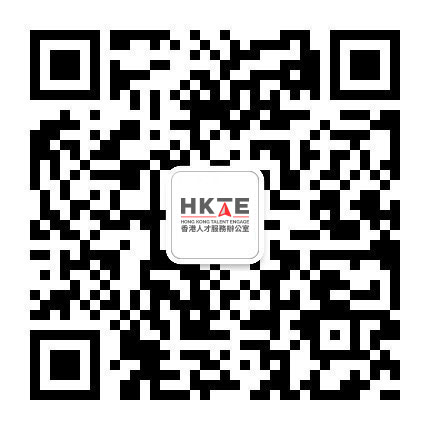
Publicly-funded Schools
- 18 Jan 2023
- Education
The majority of Hong Kong's schools are publicly funded, comprising over 800 public schools and over 70 schools under the Direct Subsidy Scheme (DSS). These schools are operated by religious bodies and charitable organisations and managed by their Incorporated Management Committees (IMCs) or School Management Committees (SMCs).
Among the public schools, there are over 700 Aided Schools fully subsidised by the Government, and over 60 Government Schools directly operated by the Government.
In Hong Kong, eligible children from the age of 6, irrespective of sex, ethnic origin, religious or ethical belief, family status and physical or mental ability, have the right to enjoy free primary and secondary education for 12 years in public schools. Public school students follow the Hong Kong Diploma of Secondary Education (HKDSE), which is an internationally recognised qualification that enables them to enrol in top universities in Hong Kong and overseas. Currently, more than 600 overseas tertiary education institutes are recognising HKDSE qualification for admission.
On the other end of the publicly-funded schools, DSS Schools are given more flexibility in resource deployment, curriculum design and student admission, etc., to inject more variety into Hong Kong’s school system. Since they receive recurrent subsidies from the Government, they may collect fees solely for providing additional support services and school facilities.
DSS schools are expected to reasonably and professionally establish their own criteria that are consistent with their own tradition and educational objectives for admitting students. Curriculum-wise, the majority aim to prepare local students to sit for local public examinations. Nevertheless, some DSS schools, apart from operating local curriculum at Secondary 5 and Secondary 6 levels, also offer non-local curricula, such as International Baccalaureate (IB), etc., for a small stream of students, so as to broaden their pathways for further studies.
In the 2023/24 school year, there are more than 70 schools under the DSS, including 50 secondary schools, 12 primary schools and 9 secondary-cum-primary schools.
It is the Government’s policy that students are trained to become biliterate in written Chinese and English and trilingual in Cantonese, Putonghua and spoken English under Hong Kong’s education system. Generally, both Chinese and English are taught as core subjects in publicly funded primary and secondary schools. Although the majority of these schools use Chinese as the main medium of instruction, there are, in fact, around 100 publicly-funded secondary schools (about 30%) adopting English as the medium of instruction. Hence, if you’re looking for an affordable alternative to international schools while preferring English to be the main language of instruction, you may certainly look into our publicly-funded schools, too. It is also worth noting that some publicly-funded schools also offer language subjects other than Chinese and English, such as French, German, Spanish and Japanese.
If your children want to continue their education later on in the Mainland, Hong Kong’s local curriculum would put them in a strong position. The Ministry of Education of the People’s Republic of China has launched the Scheme for Admission of Hong Kong Students to Mainland Higher Education Institutions since 2011, and the number of participating institutions currently stands at 132 for the 2023/24 school year.
For more information and complete lists of Hong Kong’s publicly-funded primary schools and secondary schools, you could visit the Committee on Home-School Co-operation website.
Recent posts
-

Guide to hiring a domestic helper in Hong Kong
- 20 Jun 2025
- Living & Tax
-

Hong Kong: a family-friendly city
- 19 Jun 2025
- Living & Tax
-

Pet adoption: Second chances and forever homes
- 19 Jun 2025
- Living & Tax
-

Understanding Hong Kong's matrimonial process
- 13 May 2025
- Living & Tax
-

Go green: Embracing eco-friendly lifestyles in Hong Kong
- 06 May 2025
- Living & Tax
-

Step into wellness: Hong Kong’s sports facilities and activities
- 02 May 2025
- Living & Tax
-

Explore Hong Kong’s public health services
- 22 Apr 2025
- Healthcare & Welfare
-

Overview of Hong Kong’s Education System
- 17 Apr 2025
- Education
-

A guide for your children transitioning to Hong Kong primary & secondary schools
- 17 Apr 2025
- Education
-

Practical travelling: Owning a car in Hong Kong
- 11 Apr 2025
- Living & Tax

